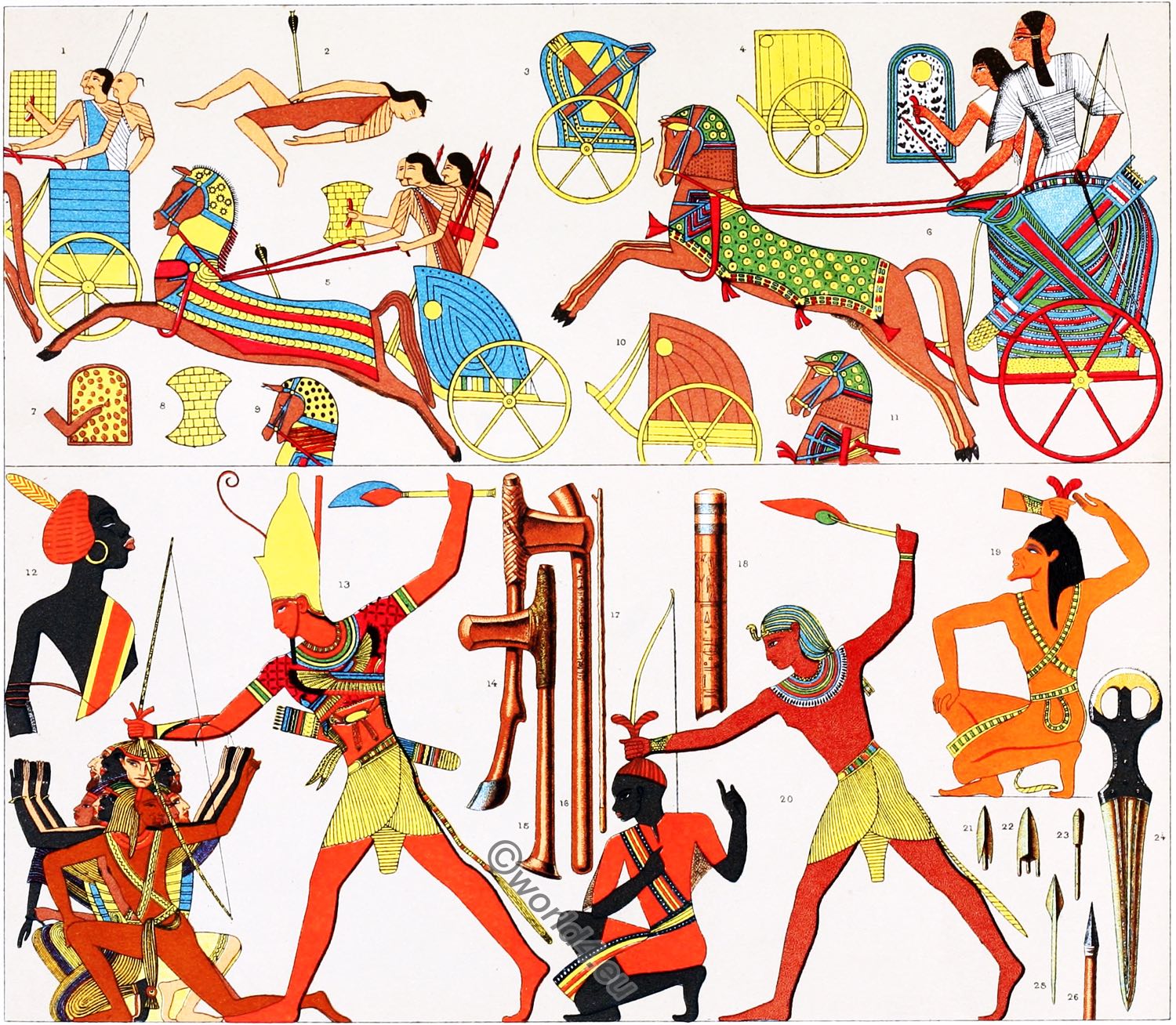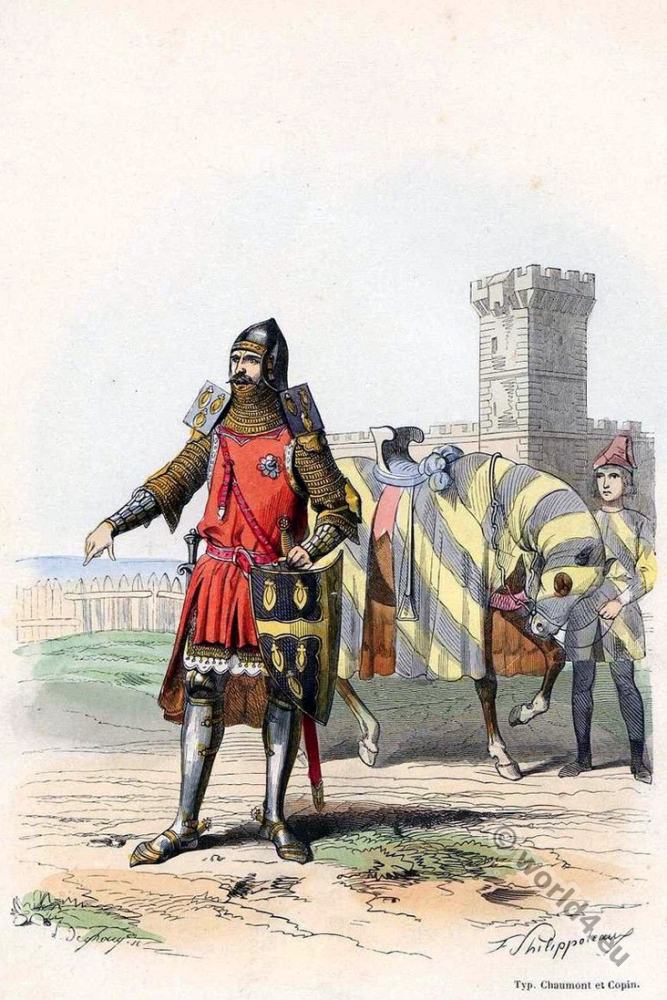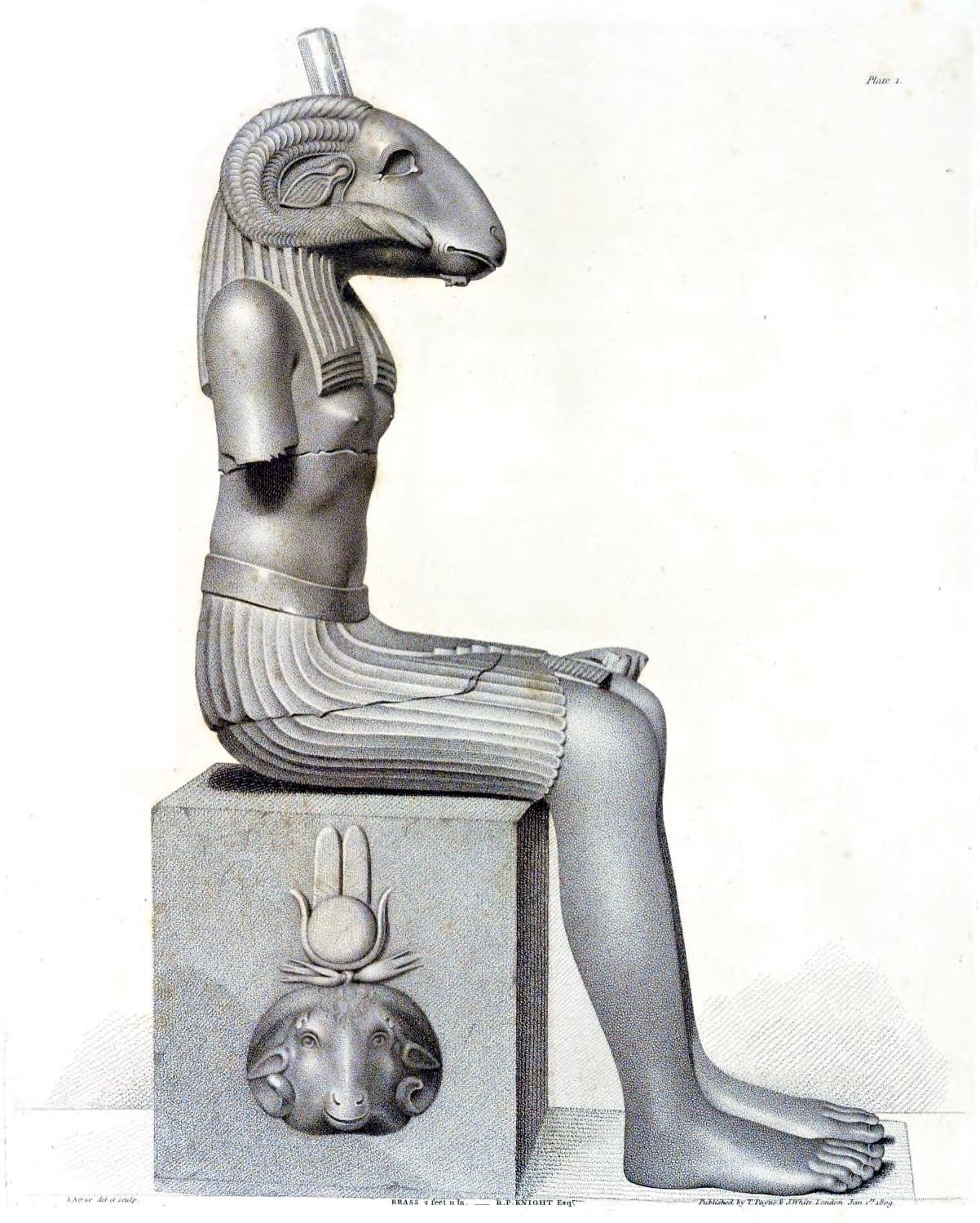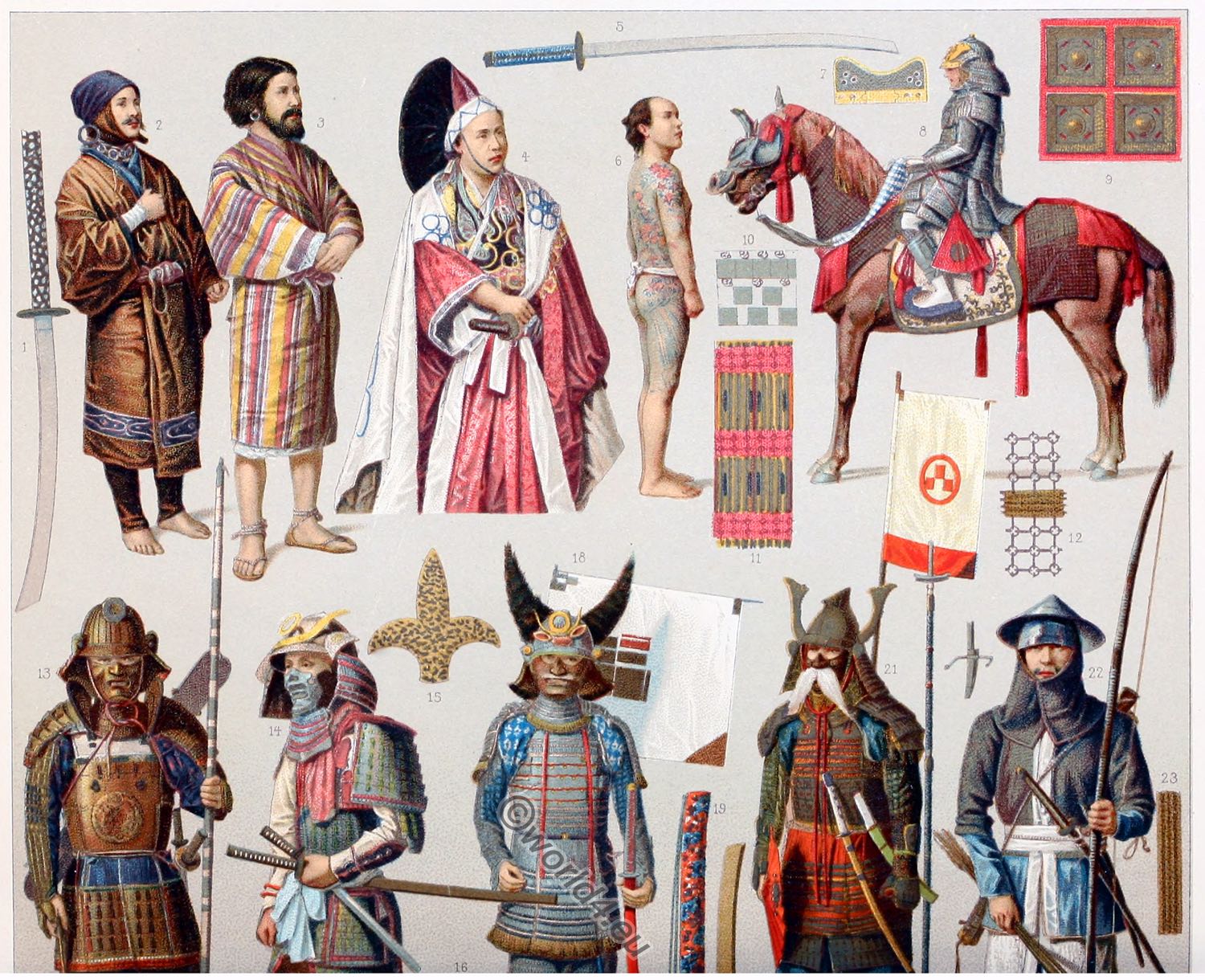
EGYPTIAN AND ASIAN CHARIOTS – WEAPONS – DIFFERENT NATIONS.
The Egyptian chariot was strung with two horses and carried two men: a warrior, who carried a bow, throwing spears and the axe, and a kind of weapon carrier, which at the same time steered the horses and held the shield to protect both.
This is how you can see the Egyptian chariots lined up in a line on the battlefields of Kadesh, where Ramses XI had to fight with an army composed of Hittites, Syrians, Cananites, Bactrians and Trojans. They led two thousand five hundred chariots, each of which was manned by three men, the charioteer and two fighters.The Asian and Egyptian chariots are open at the rear. On the Asian ones there are no baskets and weapon containers attached to the sides.
No. 1 is conspicuous by its tower-like shape, nos. 4, 5 and 10 are Asian, nos. 3 and 6 are Egyptian chariots. No. 2, a warrior wounded by an arrow, No. 8, a shield, and No. 9, a horse’s head with protective cover, belong to the Asian side, No. 7 a shield with arm, and No. 11, a horse’s head, to the Egyptian side.
The warrior on wagon no. 6 wears a tank spun from flax with a belt and carrying straps. The back of his head is shaved, and the hair of his forehead hangs down in braids on his temples.
In the execution of their murals, the Egyptian painters attached great importance to a precise characteristic of the peoples, which was already required by the caste difference prevailing in Egypt.
No. 20 depicts Ramses II knocking down a defeated Ethiopian warrior with his battle axe.
No. 13 is Rameses III, who threatens a number of prisoners of various nations with the battle axe, as a sign that he is master of their lives. Ramses II is only characterized by the Uraeus snake (Naja haje) on his headdress as pharaoh. Otherwise he wears only the national apron, the Kalasiris. In contrast, Rameses III is armed with the iron helmet and the armour decorated with the wings of Sparrowhawk, the prophet of victory. The string that holds the quiver is tied around the chest. He wields the battle ax and the bow. The yellow cuff on the right is metal and is used to tighten the string of the bow.
Judging by the wall paintings, the ancient Egyptian must have had a light brown skin colour, similar to that of today’s Nubians. The Egyptian Fellah seems to be the one of his descendants in which the ancient race has been preserved most purely.
Number 12 is a coloured man with red hair. The custom of dying the hair has survived among African tribes to this day.
Number 14 and 15th Battle axes. The metal helmets are embedded in the handle, but are still attached to it with ox tendons or leather straps. In the same way the stone axes were fastened to the handle.
No. 16 mace made of acacia wood with a hieroglyphic inscription containing the name of a queen, Hok-Amu, the servant of Amus. Such clubs were used by all foot troops.
No. 17 and 18th Rod and enlarged part of the same. Its length is 1.50 m. It may have served as a badge of dignity or as a baton of command.
No. 24. dagger with ivory or horn handle with two openings for thumb and forefinger.
Nos. 21, 22, 23, 25 and 26 bronze arrow and lance tips. There were also those made of bone and flint.
No. 19th A captured Asian.
(After Champollion jun. und Prisse d’Avennes. Monuments de Égypte et de la Nubie, Paris 1835-1847.)
Source: History of the costume in chronological development by Albert Charles Auguste Racinet. Edited by Adolf Rosenberg. Berlin 1888.
Related
Discover more from World4 Costume Culture History
Subscribe to get the latest posts sent to your email.






